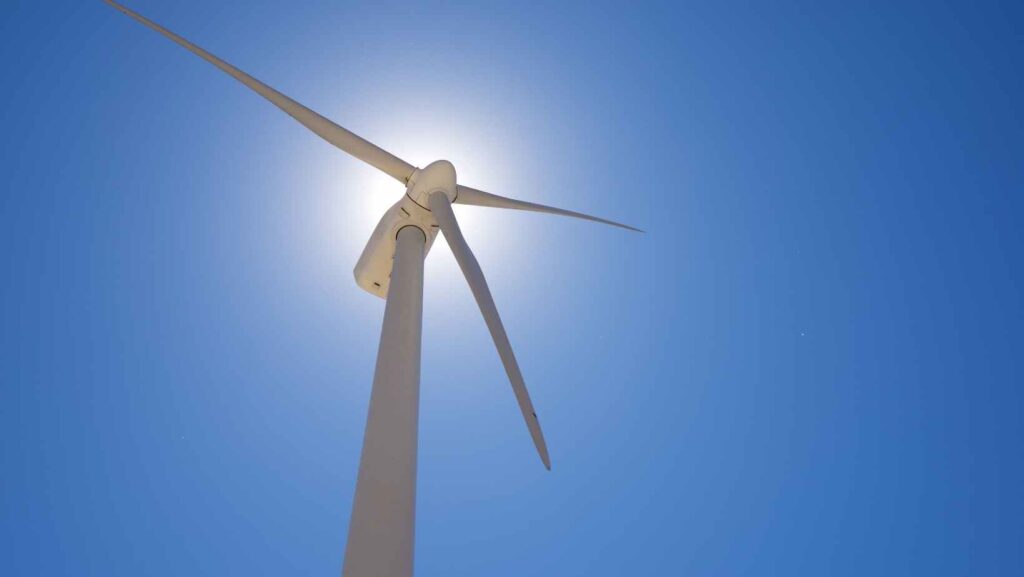
Getty Images
Louisiana is just putting its toe in the water of offshore-based wind energy development, but any revenue such projects generate for the state will go toward coastal projects after voters approved a constitutional amendment Tuesday locking in the dedication.
Final but unofficial results from the Louisiana Secretary of State showed 73% of voters supported/opposed the ballot measure.
There was no organized campaign messaging for or against the constitutional amendment, forcing voters to do their own homework. The most recent polling of Louisiana residents regarding their interest in alternative energy sources was in a June survey from LSU.
GET THE MORNING HEADLINES.
Of more than 1,000 people polled via telephone and online, 59% supported expansion of wind energy in Louisiana. The rate was 72% in support of solar energy expansion and 79% for more oil and gas drilling in coastal areas.
When asked whether Louisiana should prioritize alternative energy growth over further fossil fuel exploration, respondents were almost evenly split.
Sites for wind turbine farms on Louisiana’s Outer Continental Shelf are only in their nascent stages, but proponents say they are a viable alternative, along with solar energy, to help reach clean energy goals. The City of New Orleans, for example, has a net-zero carbon emissions goal by 2050. Some shareholders in investor-owned utilities have also pushed the corporations to move toward greener power sources.
In Louisiana, a state with a long legacy in fossil fuels, the appetite has been surprisingly healthy for fostering an offshore wind energy industry. That’s largely because the same infrastructure and expertise responsible for oil and gas wells in the Gulf of Mexico can also be applied to the massive turbines needed to convert coastal winds to electricity.
The Block Island Wind Farm, the first U.S. commercial wind energy development, tapped engineers and fabricators from Louisiana to build its five turbines off the coast of Rhode Island.
Louisiana lawmakers with those companies in their districts have been most active in getting legislation approved to encourage offshore wind investment. Two years ago, they received unanimous support to expand the footprint of wind farms to five times the size needed for coastal oil and gas drilling. Legislators also rejected a proposal to exclude offshore wind development from the state’s lucrative Industrial Tax Exemption Program.
The biggest obstacle to offshore wind growth in Louisiana is the lack of transmission infrastructure. Without lines to connect turbines to an onshore power distribution grid, the coastal projects are literally dead in the water.
The hangup has been whether wind farm developers or utilities that want to expand their alternative energy portfolios will provide the resources needed to link the power supply with end users.
Arguments in favor of the wind energy revenue amendment positioned it as a complementary piece of the state’s strategy to combat coastal land loss — a factor blamed, in part, on unchecked oil and gas exploration.


